Great Pyrenees Dog
- February 5, 2024
- 0 comment
The Great Pyrenees, often affectionately referred to as the “Pyrenean Mountain Dog,” is a captivating breed that embodies both strength and elegance. Originating in the picturesque Pyrenees Mountains, which stretch between France and Spain, these dogs have a remarkable history as loyal and steadfast protectors of livestock. What sets them apart is their imposing size, with males standing tall at 27 to 32 inches and females slightly smaller, along with their distinctive white coat, which aids in their role as guardians.

Their temperament is equally remarkable, characterized by a calm, patient, and affectionate nature. Great Pyrenees are known for their strong protective instincts, making them wonderful companions for families. With proper socialization and training, they become gentle giants, always vigilant in ensuring the safety of their human pack.
These dogs do not demand excessive exercise and are content with moderate daily walks, coupled with ample lounging. They are intelligent and require mental stimulation, making them an excellent choice for those seeking a balance between activity and relaxation. However, grooming is essential, particularly during shedding seasons, to maintain their thick double coat.
The Great Pyrenees, often referred to as the “Pyrenean Mountain Dog,” is a magnificent breed known for its elegance, strength, and remarkable history. In this comprehensive guide, we will delve into the world of these majestic canines, exploring their origins, characteristics, temperament, care requirements, and much more. Join us on this journey to uncover the fascinating world of the Great Pyrenees.
| Characteristic | Description |
|---|---|
| Size | Large; Males: 27-32 inches, Females: Slightly smaller |
| Weight | Males: 100-160 pounds, Females: Slightly lighter |
| Coat Color | Predominantly white |
| Coat Type | Thick double coat, seasonal shedding |
| Temperament | Calm, patient, protective, affectionate |
| Lifespan | 10-12 years |
| Exercise Needs | Moderate exercise, daily walks |
| Grooming Requirements | Regular brushing, especially during shedding |
| Common Health Issues | Hip dysplasia, bloat, other breed-specific concerns |
| Socialization and Training | Vital for well-behaved and obedient behavior |
| Space Requirements | Prefer homes with ample space and yard access |
A Brief History of the Great Pyrenees
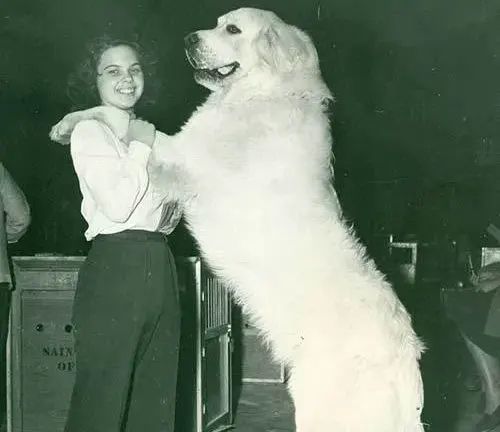
The Great Pyrenees breed has a rich history that dates back to ancient times. Originating in the Pyrenees Mountains, which straddle the border between France and Spain, these dogs were initially bred to guard livestock. Their imposing presence and natural protective instincts made them invaluable guardians for sheep and cattle.
Physical Attributes

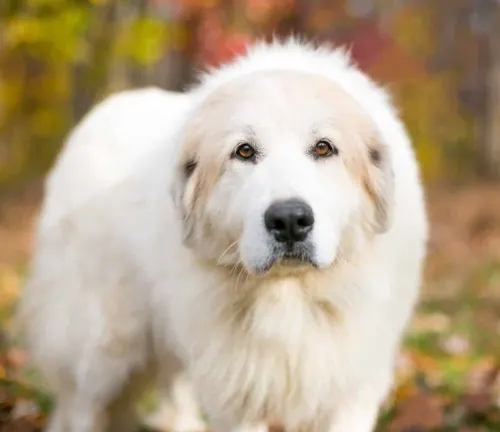
Size and Build
One of the most striking features of the Great Pyrenees is their impressive size. These dogs are large and sturdy, with males typically standing between 27 to 32 inches tall at the shoulder and weighing between 100 to 160 pounds. Females are slightly smaller but equally formidable.
Coat and Color
The Great Pyrenees boasts a luxurious double coat that provides insulation in cold weather. Their coat is predominantly white, which aids in their role as livestock guardians by making them easily distinguishable from potential threats.
Temperament and Behavior
Great Pyrenees are renowned for their gentle and protective nature. They are known to be calm, patient, and affectionate, making them excellent companions for families. Their protective instincts extend to their human families, making them vigilant guardians.

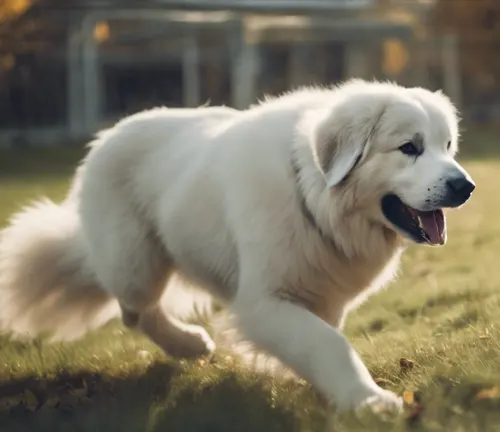
- Gentle: Great Pyrenees are known for their gentle nature. They are typically calm and patient, making them excellent companions, especially in family settings.
- Protective: These dogs have strong protective instincts. They are vigilant and often serve as guardians of their families, whether it’s people or other animals.
- Affectionate: Despite their imposing size, Great Pyrenees are affectionate and loving toward their human family members. They enjoy being close to their loved ones.
- Independent Thinkers: They have a tendency to think independently, which can sometimes be interpreted as stubbornness. While intelligent, they may require patient training and consistent reinforcement.
- Adaptable: Great Pyrenees can adapt to various living situations, from rural farm life to suburban homes, as long as they receive proper care, exercise, and attention.
Training and Socialization
These dogs are intelligent but can be independent thinkers. Early socialization and consistent, positive reinforcement-based training are essential to ensure they grow up to be well-behaved and obedient companions.
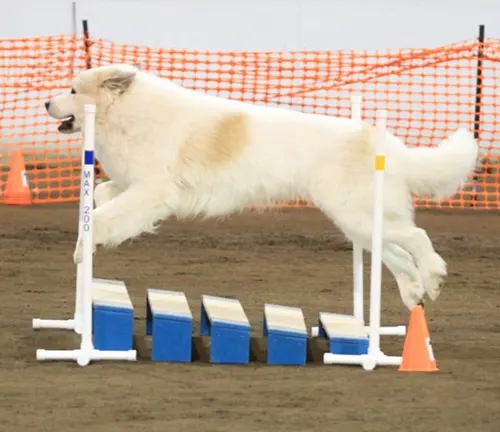
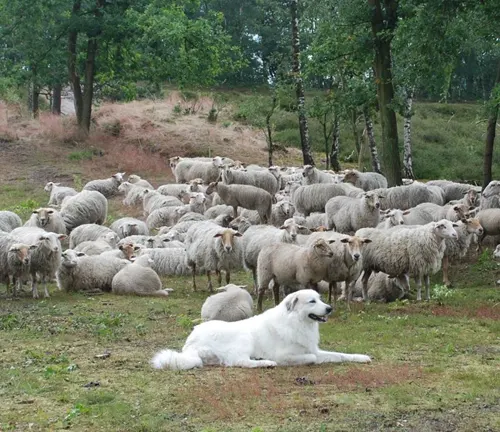
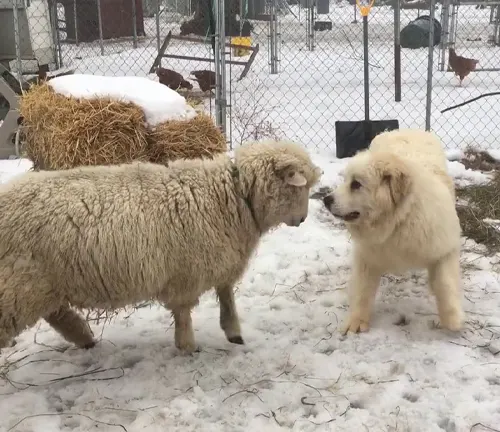
- Early Start: Begin training and socialization as early as possible, ideally when the Great Pyrenees is a puppy. Early exposure to various people, animals, and environments helps them develop positive behaviors.
- Positive Reinforcement: Great Pyrenees are intelligent but can be independent thinkers. Use positive reinforcement techniques, such as treats and praise, to motivate and reward desired behaviors. Harsh training methods can be counterproductive.
- Basic Obedience: Teach essential commands like sit, stay, and come. Consistency and patience are key, as these dogs may take a bit longer to fully grasp commands.
- Socialization: Expose your Great Pyrenees to different people, dogs, and situations. Regular socialization helps prevent shyness or aggression toward unfamiliar people or animals.
- Leash Training: Due to their size and strength, leash training is vital. Teach them to walk on a leash without pulling and to remain calm around other dogs and people during walks.
- Guardian Instincts: Great Pyrenees have strong protective instincts. While this trait is valuable, it’s essential to socialize them well to distinguish between genuine threats and everyday situations.
- Consistency: Maintain a consistent training routine to reinforce good behavior. Be patient and persistent, as these dogs can be somewhat stubborn.
- Socialize with Livestock: If you plan to use your Great Pyrenees as a livestock guardian, introduce them to the animals they’ll be protecting while still young to build trust and minimize aggression.
- Advanced Training: For more advanced tasks or specific roles, consider professional training to harness their intelligence and protective instincts effectively.
- Positive Associations: Create positive associations with grooming, vet visits, and handling to ensure cooperative behavior in these situations.
Exercise and Activity Needs
Despite their large size, Great Pyrenees do not require excessive exercise. They are content with moderate daily walks and enjoy lounging around the house. However, they do need mental stimulation and should have access to a securely fenced yard where they can explore.
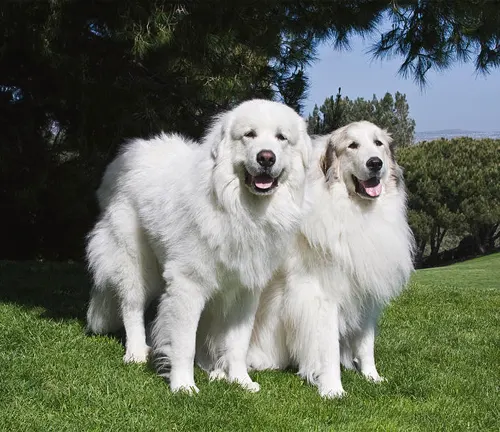
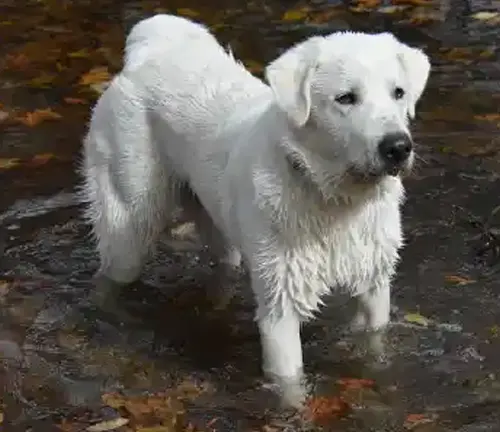
- Moderate Exercise: Great Pyrenees are not high-energy dogs like some other breeds. They are content with moderate exercise. A daily walk or two, along with some playtime, is usually sufficient to keep them happy.
- Yard Space: Providing access to a securely fenced yard is ideal. It allows them to roam and explore, which they often enjoy. Ensure the fence is tall and secure, as they have a tendency to be excellent climbers and may attempt to escape.
- Mental Stimulation: While not overly active, they do need mental stimulation. Puzzle toys, interactive games, and obedience training sessions can help keep their minds engaged.
- Social Interaction: Great Pyrenees are social dogs and thrive on human companionship. Spending time with their family members and receiving attention is an essential part of their mental well-being.
- Avoid Overexertion: Due to their large size and heavy build, avoid overexertion, especially during hot weather. They are susceptible to overheating, so exercise during cooler parts of the day is preferable.
- Age Considerations: Be mindful of their age and physical condition. Younger Great Pyrenees may have more energy and require slightly more exercise, while older dogs may need gentler activities.
- Leash Training: Proper leash training is essential due to their size and strength. They should walk calmly on a leash to ensure safe and enjoyable walks.
- Socialization: While not directly related to exercise, regular socialization with other dogs and people is important for their mental and emotional well-being.
Health and Care

Common Health Issues
Like all breeds, Great Pyrenees are prone to certain health issues, including hip dysplasia and bloat. Regular veterinary check-ups and a healthy diet are crucial for their well-being.
Grooming
Their thick double coat requires regular brushing to prevent matting. They shed seasonally, so be prepared for a significant amount of shedding during these periods.
Different Species
The Great Pyrenees is a single breed, and there are no different species of Great Pyrenees dogs. However, there are variations and differences within the breed due to factors such as lineage, breeding practices, and individual characteristics.
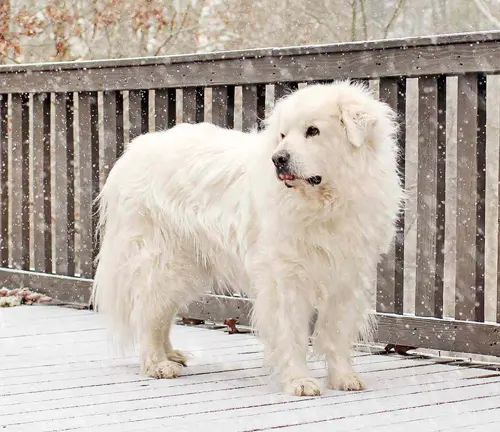
Frequently Asked Questions (FAQs)
- What is a Great Pyrenees dog?
A Great Pyrenees, also known as the Pyrenean Mountain Dog, is a large and majestic breed of dog known for its protective nature and gentle temperament. - What is the origin of the Great Pyrenees breed?
The breed originated in the Pyrenees Mountains, which straddle the border between France and Spain. They were originally bred as livestock guardians. - What is the typical size and weight of a Great Pyrenees?
Male Great Pyrenees typically stand 27 to 32 inches tall at the shoulder and weigh between 100 to 160 pounds, while females are slightly smaller. - What is the coat color of a Great Pyrenees?
Great Pyrenees dogs have predominantly white coats, which helps them stand out as they guard livestock. Their thick double coat provides insulation. - What is the temperament of a Great Pyrenees?
Great Pyrenees are known for their calm, patient, and protective nature. They are gentle and loving with their families. - Are Great Pyrenees good family pets?
Yes, they are often considered excellent family pets due to their gentle and protective nature. - Do Great Pyrenees require a lot of exercise?
No, they are not high-energy dogs and are content with moderate exercise, such as daily walks. - What are some common health issues in Great Pyrenees dogs?
Common health issues can include hip dysplasia and bloat. Regular veterinary check-ups are essential for their well-being. - How often should a Great Pyrenees be groomed?
They require regular brushing, especially during shedding seasons, to prevent matting of their thick double coat. - Are Great Pyrenees good with other pets?
With proper socialization, they can coexist with other animals, but their protective instincts may surface in certain situations.


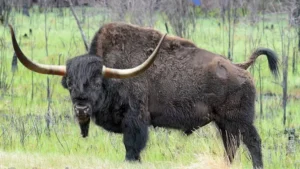
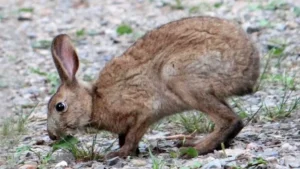

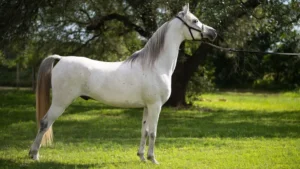
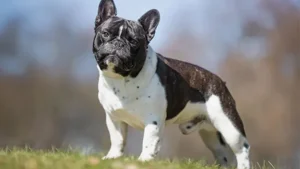



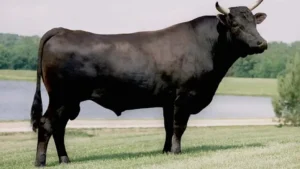



Leave your comment